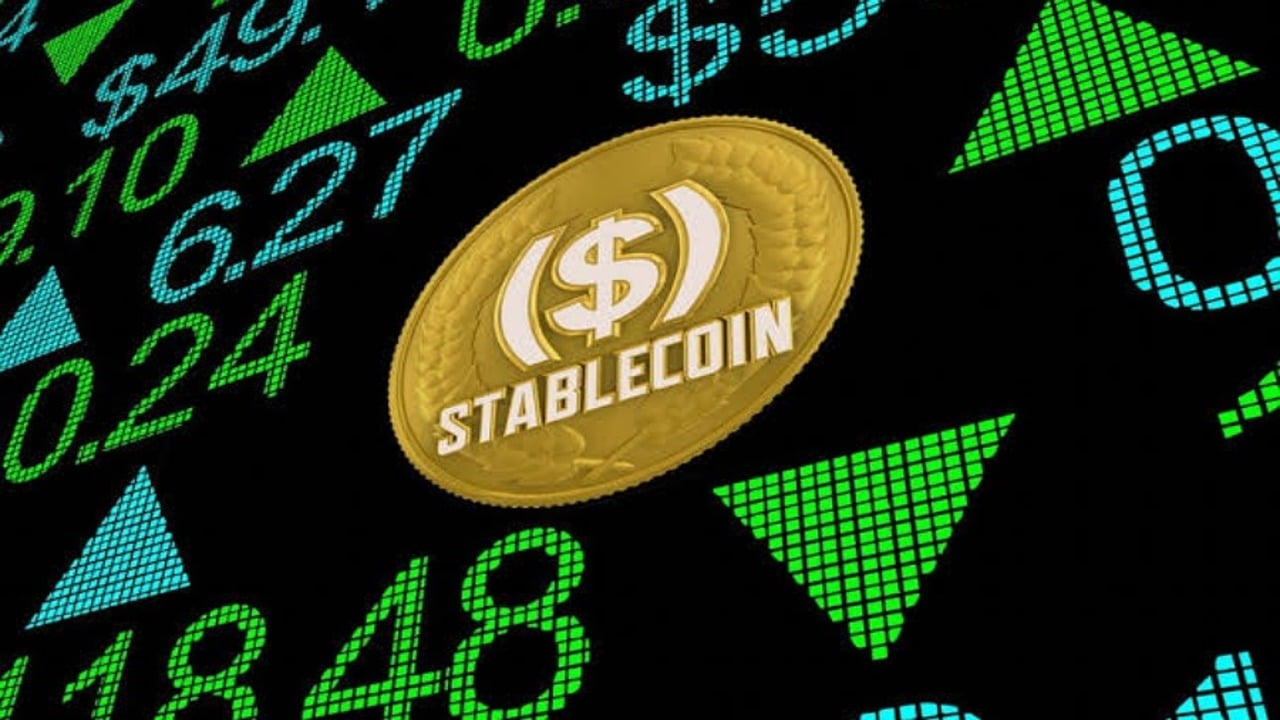Liquidity Pool Comprising PayPal’s PYUSD Stablecoin on Curve Locks $135 Million in Value

A liquidity pool comprising PayPal’s dollar-backed stablecoin PYUSD on Curve has locked $135 million in total value, an indication that the stablecoin is gaining traction in decentralized finance (DeFi).
The new liquidity pool, known as the FRAXPYUSD pool, went live on December 27 and is the third largest on Curve, trailing only the popular 3pool.
The FRAXPYUSD pool consists of PYUSD, issued by regulated company Paxos, and Frax Finance’s collateralized algorithmic stablecoin, FRAX.
A liquidity pool is a reserve of multiple cryptocurrencies locked in a smart contract, enabling asset exchanges on decentralized exchanges.
Curve, specifically designed for stablecoin swaps, is widely used by traders seeking to convert one stablecoin into another, making its activity an indicator of interest from larger investors.
The FRAXPYUSD pool allows traders who hold FRAX to exchange it for PYUSD, which they can then utilize on the PayPal app for purchases and remittances.
Currently, the liquidity in the pool is imbalanced, with FRAX accounting for over 80% of the total liquidity. Since its launch, the pool has seen an average daily trading volume of $5.5 million.
PYUSD is Gaining Traction in DeFi
While PayPal’s PYUSD is still behind industry leaders Tether and Circle in terms of adoption, it is gradually making its way into DeFi.
PYUSD’s daily trading volume reached a peak of $9 million in December but has recently stabilized at around $4 million. In comparison, Tether’s USDT records a 24-hour trading volume of over $55 billion.
The growing liquidity in DeFi is seen as a positive sign, indicating that PayPal is investing resources to expand the stablecoin’s usage beyond payments and within the PayPal app for crypto trading activities.
However, competition from USDT, which dominates the majority of crypto transactions and liquidity, and Circle’s USDC, which is highly liquid on DeFi protocols, remains a challenge for PYUSD.
Sam Kazemian, the founder of Frax Finance, said that the FRAXPYUSD pool will continue to grow.
He added that Frax Finance is exploring potential DeFi integration supported by PayPal’s payment app, envisioning a scenario where users can save in PYUSD and Frax within Curve through the PayPal app while earning yield.
Stablecoin Market to Get Crowded With PayPal’s PYUSD
Back in August, PayPal announced that it is rolling out its PYUSD stablecoin soon.
The dollar-pegged asset is issued by Paxos, a blockchain infrastructure firm that used to issue Binance USD (BUSD) stablecoin.
The stablecoin market is currently dominated by Tether, by far the largest and most liquid of the dollar-pegged tokens, followed by Circle’s USD Coin (USDC).
Some believe PayPal has the ability to shake up the stablecoin leaderboard, given its reach into hundreds of millions of wallets around the globe.
The payments giant has 420 million users. And if a meaningful portion of the company’s user base embraces its stablecoin for low-fee transactions, merchants will follow suit, pushing the stablecoin into mainstream adoption.
However, William Quigley, one of the co-founders of Tether, believes PayPal’s stablecoin won’t achieve notable adoption, particularly outside the United States.
“It is highly unlikely that PayPal will play a dominant role in the stablecoin market, certainly not outside of the US,” he said in a recent interview with Cryptonews.com.




